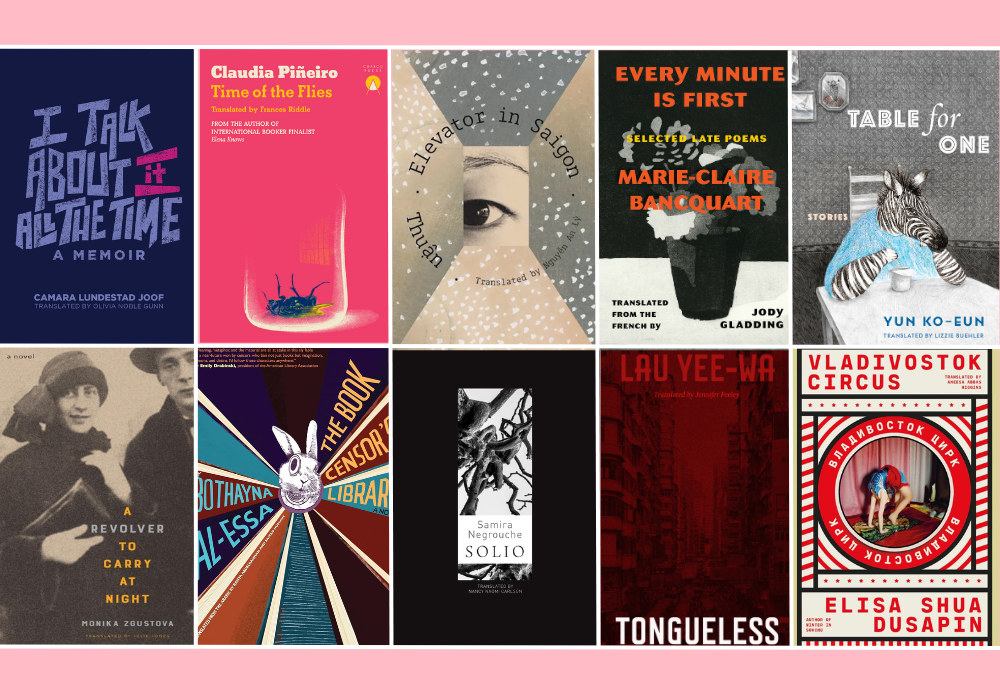Comparable titles, or comps, are a widely used way to describe books throughout the publishing process, from an agent’s pitch all the way to the sale of the finished book. The first time I was asked “What are the comps?” I had to ask for clarification. I had been working in Spain, where books are also widely compared to other books, but where there isn’t a nice short term for it. “Comps,” with its abbreviated zing, sounds like an essential part of the process, as old as publishing itself.
Comps are generally an efficient way to sort out new books. By nature, books are complex, resistant to simplification and easy categorization, so comparing them to previous books with which they share similarities helps publishing professionals describe and position them and communicate their interest and potential.
But comps are also an approximation. The comparisons they draw are limited and arbitrary. Choosing the wrong comps can create many distortions and hinder a book’s prospects. And, most importantly, they can inhibit diversity when editors pass on projects because the lack of comps is perceived as an obstacle or a risk. The most interesting, original books, and sometimes the ones that have the deepest, most lasting impact, are the breakout ones, the category definers, the incomparable ones, which in turn become themselves the ones to which every other book is compared. If there isn’t a Tom Gauld cartoon about comps, I can easily imagine one, a play on their arbitrariness taken to the point of absurdity, like the one in which the category labels in a library were “Poetry by Left-Handed Scandinavians,” “Cookbooks by Dog-Owning Atheists,” and so on.
Comps tend to be less efficient for books in translation (which still make up a very small fraction of the whole), tending to confine them to their own small category, a kind of bubble, the equivalent of the small table at the back of the bookstore. And the category of translated books is a strange one, since these are books of all kinds. As an editor who works across geographical lines, languages, and cultures in an effort to bring interesting international fiction and nonfiction into English, I think often about how to circumvent this.
One crucial way is editorial, by concentrating on choosing titles well and putting care into every step of the publishing process so that each book is allowed to be entirely original. The editor should be concerned not with finding books about what readers are said to want but with finding readers for works that are unique. The importance of translated books becoming best-selling sensations and breaking established truths cannot be overstated. The success of books like Elena Ferrante’s Neapolitan quartet is a good recent example. It shows that readers recognize great, original storytelling, which opens the door to many other books in translation. The creation of prizes for translated literature is also laying the groundwork to normalize both translated books and the work that literary translators do, still surprisingly little known.
It is essential that we understand comps and are aware of their limitations. As technology creates greater possibilities to group books together, we need to make sure that we do not allow comps to reinforce our biases in ways that diminish diversity of voices and ideas. I like to see books as part of an ecosystem whose many elements are interconnected and thrive together. Bookstores, libraries, schools, universities, newspapers, magazines, radio, podcasts, festivals, conferences, writers, journalists, critics, translators, educators, publicists, editors, bloggers, and many others. The health of each of these has profound collective benefits. One of the few encouraging aspects exposed by the COVID-19 pandemic has been the resilience of books and reading. I hope this time of reckoning helps us rethink how to use stories, both fictional and nonfictional, to expand our world.
© 2021 by Juan Milà. All rights reserved.









